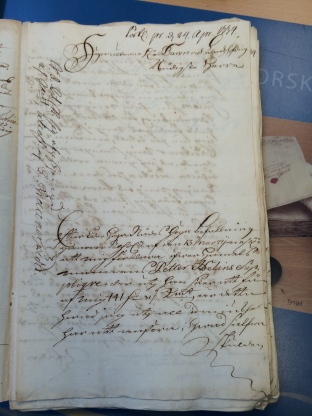This post comes from Amy Creighton, who is starting her second year as a PhD student at the University of York. Under the supervision of Dr. Mark Jenner, her research focuses on early modern women’s work and conceptions of skill, physical capacity and labour. In particular, she looks at London and York from c. 1660 to 1750. She holds a Bachelor’s degree in History and French from Seattle University and a Master’s degree in Early Modern History from the University of York. To contact Amy, get in touch on Twitter @amyecreighton
Amy Creighton (University of York)
Researching the gendered-nature of skill and labour in early modern England can often present difficulties in finding source that speak to the experiences of women. In order to better understand the nuances of attitudes towards women’s work, a number of different source-types must be examined using various perspectives. Evidence that details negative aspects of trades or instances of work gone wrong can be used to expand upon and complicate studies of women’s work. One such source is petitions for the dissolution of apprenticeship. Since the time of Adam Smith, debates have raged over how oppressive the apprenticeship system was in early modern times, but recent research has begun to explore the way in which apprentices had some control over their own paths. Patrick Wallis, for example, has shown how petitions of dissolution help uncover the expectations apprentices had of their masters and vice versa.[i] By applying such methods of source analysis to cases of female apprenticeship, I seek to reveal how women in particular formed self-constructed narratives within the economic sphere. The quarter session papers of the City of London and Middlesex hold numerous examples of women investing in their skillsets through petitions.[ii]
Historians have addressed the problem that young girls may have often been used for cheap labour rather than true apprentices. Although this was true in certain instances, the petitions provide examples of how women used the system to learn skills that could benefit the family economy or, sometimes, to help create an individual business. As such, when masters or mistresses failed to instruct and denied necessaries the courts provided opportunities to change the situation. Such cases demonstrate contemporary acknowledgement that women could expect to learn skills similar to the way in which men did, and families sought to prevent girls being taken advantage of as domestic servants or hard labourers.
![AN00976641_001_m[1]](https://workandgender.files.wordpress.com/2017/09/an00976641_001_m1.jpg?w=760)


